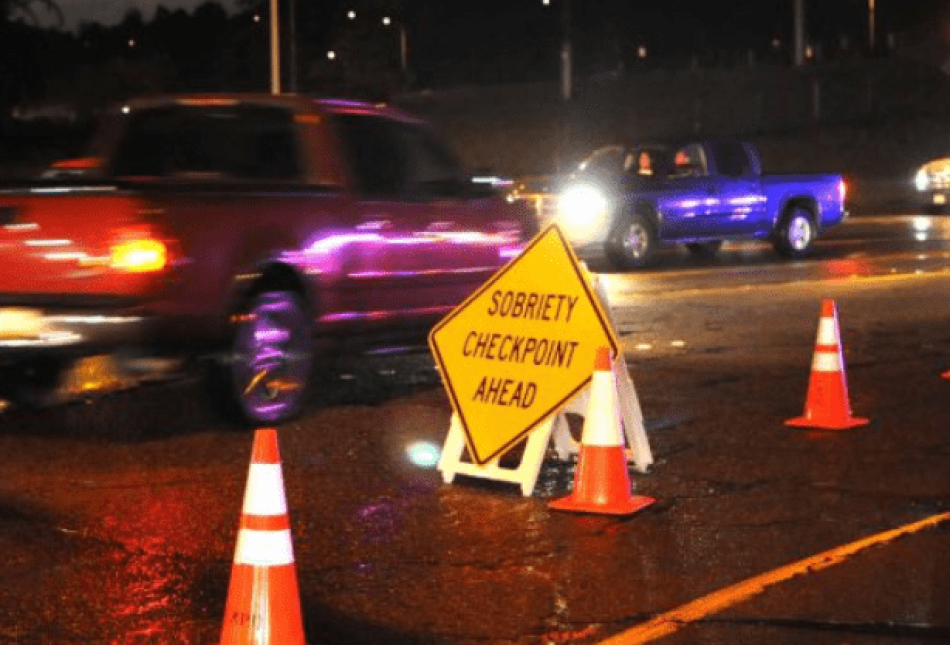Are Interlock Devices Helping Solve New Mexico’s Drunk Driving Problem?

(Albuquerque) Over the past few decades, drunk driving has been one of the most pressing problems facing New Mexicans. Laws have been passed on an almost yearly basis in efforts of reducing the incidence of drunk driving and drunk driving fatalities and some progress has been made.
In fact, drunk driving fatalities in New Mexico generally decreased from 2005 to 2009, but the cause of this decline is poorly understood. It may be due to a statewide emphasis on policy modifications and media campaigns, more responsible attitudes about driving drunk nationwide or just plain luck.
The Rio Grande Foundation, in order to bring an economist’s perspective and economic thinking to bear in the discussion, decided to take a closer look at one particularly intrusive and expensive mechanism for reducing drunk driving, interlock devices. The full report is available here.
According to the study’s author, Harry Messenheimer, PhD, “Given these unproven/small reductions in recidivism and fatalities, it must be asked whether the benefits of interlock devices outweigh the costs. This is especially true since there is a limited pool of resources available to combat drunk driving.”
Continued Messenheimer, “Some direct costs of the interlock mandate may be reasonably estimated. Monitoring costs are a major component of direct costs. In New Mexico they amount to $13.1 million per year based on the number of interlocked offenders in 2010. Nationally, such a mandate is estimated to cost over $432 million annually. And that does not consider other direct costs and indirect costs (the unintended consequences).”
As Messenheimer concludes in his new report, “Are Interlock Devices Helping Solve New Mexico’s Drunk Driving Problem,” based on the studies of Richard Roth et al and his own research, he cannot yet recommend that states adopt laws mandating interlocks for all offenders. New Mexico’s interlock law has not been linked to a reduction in fatalities. New policies especially those that involve high costs, should aim to substantially reduce fatalities.
Economics involves making tradeoffs due to the fact that we all live in a world of limited resources. Therefore, all public policies must be made with an eye to generating the best possible results using limited resources. It does not appear that interlock devices rise to this level in New Mexico.
